There was nothing inevitable about Japan’s emergence as Australia’s closest friend in Asia when Shinzo Abe became prime minister for the second time in 2012. But his steadfast commitment to elevating the relationship could not have come at a more important time.
It came as Xi Jinping seized his hour, as he became general secretary of the Chinese Communist party in the same year, to lead its charge towards claiming regional hegemony through economic weaponisation, through rapid modernisation of the military and its projection by sea and air, and through pushing for control of international discourse.
Andrew Shearer, retained by the Albanese government as Australia’s umbrella intelligence chief – a significant reinforcement of sound strategic intent – wrote that after a truncated term as PM from 2006-2007, Abe returned from the political wilderness ‘a leader transformed – tougher, wiser, and a formidable political operator’.
He won six national elections and was killed as he campaigned tirelessly and typically for his Liberal Democratic party at another parliamentary poll, speaking on a street corner outside a railway station in Nara. His assassin was labelled a ‘hero’ by some Chinese social media warriors.
Abe had remained leader of the LDP’s dominant Seiwakai faction after retiring as PM in 2020 due to recurrent ulcerative colitis, which had long plagued him, but which was held at bay by a new US-developed drug for most of his spell as leader of Japan – the longest since parliaments were instituted during the 19th century Meiji Restoration.
Australia took a big step in 1957 in signing a commercial agreement that saw trade soar with Japan, against which it had been engaged in horrendous conflict only a dozen years earlier. The relationship remained formally cordial but began to warm further with a joint declaration on security cooperation signed with John Howard during Abe’s first term as PM. Then, as the People’s Republic of China pressed forward under Xi, and as uncertainties edged into US relationships with its allies under Donald Trump following a disappointing ‘pivot back to Asia’ performance under Barack Obama, Tokyo under Abe and Canberra, especially under Tony Abbott, intensified their connections decisively. Canberra had meanwhile maintained its action against Japanese whaling in the International Court of Justice, winning a judgment in 2014. And the Malcolm Turnbull government opted in 2016 for French rather than Japanese conventionally powered submarines. But Tokyo essentially turned the other cheek and held its course towards closer Australian relations.
Abe heralded, in his historic speech to the Australian parliament in 2014 that also acknowledged the grim truths of Kokoda and Sandakan, ‘a new dawn’ for the relationship. He insisted on delivering the speech in English, taking immense trouble to do so – pacing up and down into the early hours in his hotel room the night before, as he practised the phrasing. Rory Medcalf, head of the Australian Security College at the Australian National University, described the speech as ‘moving, entertaining and substantial’, and subtle: ‘The message is about the strategic role he sees for a more confident Japan’. Medcalf concluded: ‘Australia may not be able to work as a frank friend to China in the way that Kevin Rudd famously imagined, but there is no reason we cannot seek to play that role with Japan.’ And so it has proven.
The steady march of the relationship has benefited from the quality of Australian ambassadors in Tokyo this century: John McCarthy, Murray McLean, Bruce Miller, the former Western Australian premier Richard Court, and most recently Jan Adams, just promoted to head the Department of Foreign Affairs and Trade – a smart move by new Minister, Penny Wong.
To succeed over time, such upgrades in international relations need to have both buy-in from top leaders and formalised deals tying institutions. Both have been palpably present since Abe started his long second term in office. First Yoshihide Suga and now Fumio Kishida have kept Japan on course with Australia, whose own prime ministers have reciprocated. Anthony Albanese’s first overseas visit as PM was to Tokyo for a Quad summit, and he paid rightful tribute to Abe as ‘a true friend of Australia’.
The formal fruit have included the free trade agreement and special strategic partnership, concluded under Abbott, whose tribute to his fallen friend Abe was especially heartfelt.
The development of the Quad – which hinges vitally off the commitment of the great non-PRC powers of Asia, Japan and India – can in part be attributed to Abe’s persistence. India appears bifurcated, with its membership of the China-led BRICS – Brazil, Russia, India, China and South Africa. But Japan has doggedly kept building stronger economic and other ties with India, helping ensure it feels the love from its Quad partners. The Comprehensive and Progressive Agreement for Trans-Pacific Partnership, the CPTPP, is a further Abe development. This advanced economic arrangement – easing trade and investment, chiefly among non-PRC Asian countries including Australia – appeared to be doomed when both Democrats and Republicans walked away from it, Trump pulling the plug soon after winning his election. It has instead been reborn, essentially under Japanese leadership.
Japan’s leading corporations poured tens of billions of dollars into Australia during the Abe years and continue doing so. Total investment has reached $264bn, half of that direct – beaten only by America and Britain.
Abe had to grapple with huge challenges. He helped pick Japan up from the shocking 2011 tsunami, he had only partial success in restructuring the economy through ‘Abenomics’, and he faced missile tests from nearby North Korea, whose abduction of Japanese civilians including children to teach terrorists to pass off as Japanese especially aroused Abe’s passionate support.
He led Japan, in the face of substantial domestic opposition, down the road towards ‘normalisation’ of its defensive military options. The final step to amend the post-war pacifist constitution eluded him but would if concluded be a tribute to his determination.
The gravest challenge Abe faced was, and remains, the PRC’s ambitions – to which he was especially alert, and rapidly realised that the best answer is to build and sustain dependable alliances, prominently with Australia. And what country could better understand than Japan why, and at what risk to Australia, China is becoming so active in the Pacific islands?
Got something to add? Join the discussion and comment below.
Get 10 issues for just $10
Subscribe to The Spectator Australia today for the next 10 magazine issues, plus full online access, for just $10.
Rowan Callick is an industry fellow with Griffith University’s Asia Institute, and a former Asia-Pacific editor of The Australian and The Australian Financial Review
You might disagree with half of it, but you’ll enjoy reading all of it. Try your first month for free, then just $2 a week for the remainder of your first year.

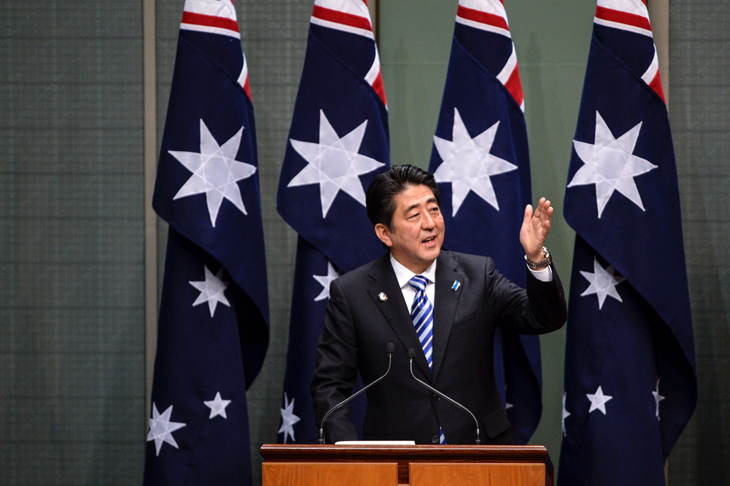
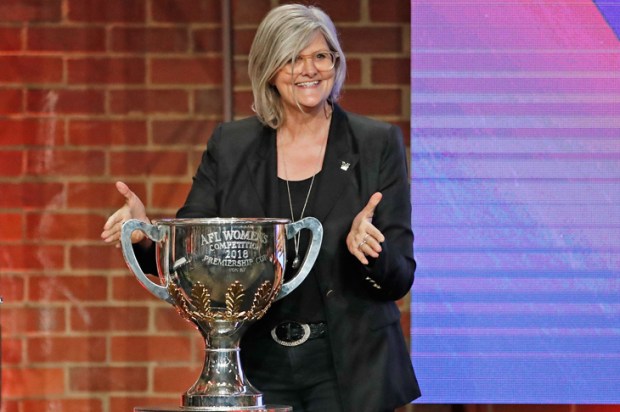
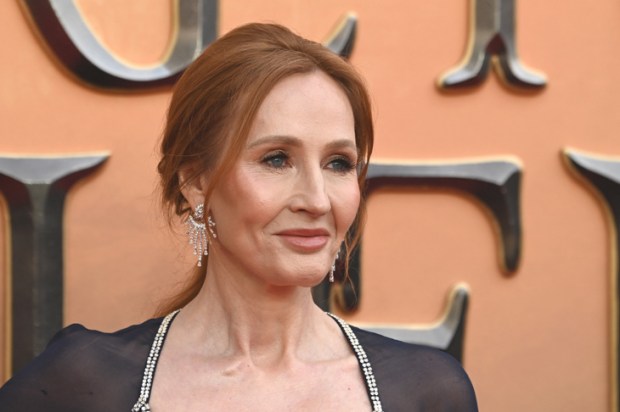
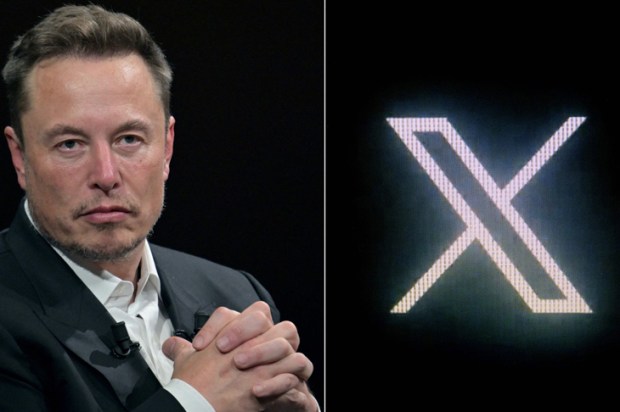

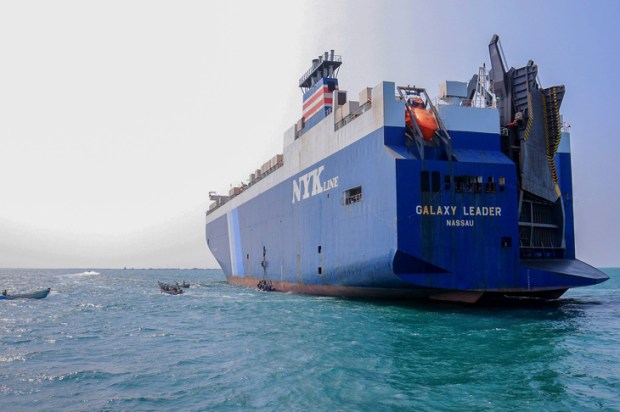
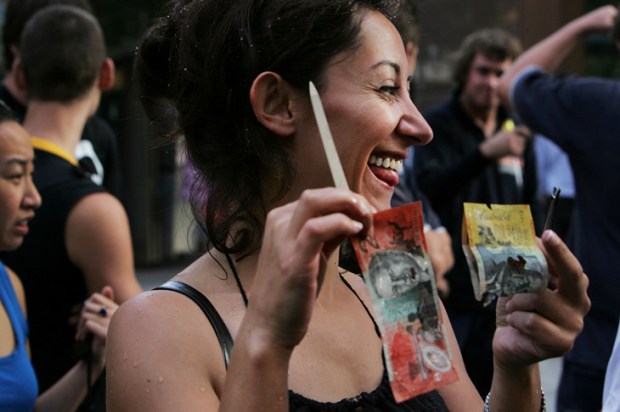






Comments
Don't miss out
Join the conversation with other Spectator Australia readers. Subscribe to leave a comment.
SUBSCRIBEAlready a subscriber? Log in